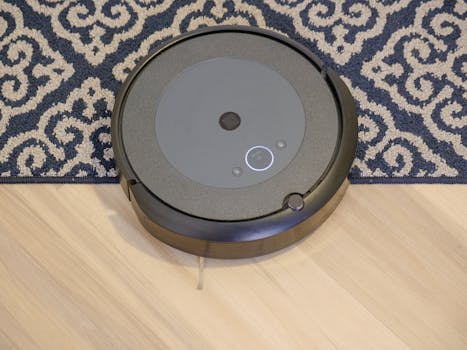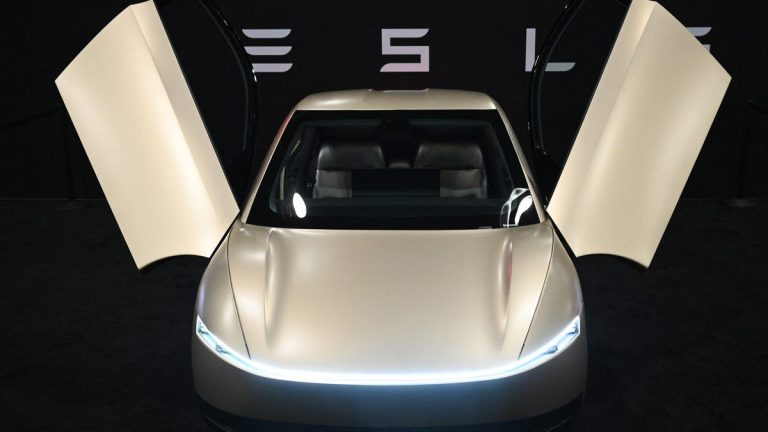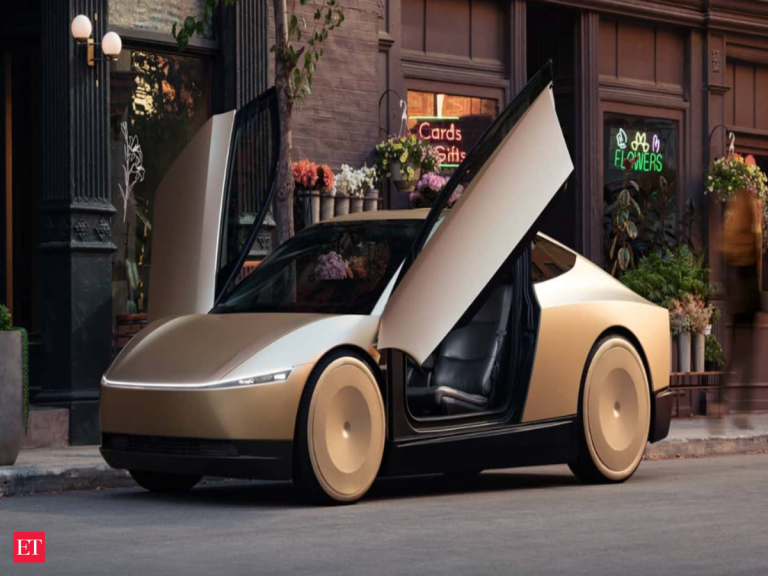Smart Homes and Smart Living: The Technological Transformation of European Homes by 2025
Smart Homes and Smart Living are revolutionizing the way Europeans live, work, and interact with their surroundings. The concept of smart homes and smart living is not new, but recent advancements in technology have made it possible to create homes that are not only comfortable and convenient but also sustainable and energy-efficient.
Introduction to Smart Homes and Smart Living
Smart homes and smart living refer to the integration of technology and automation in homes to create a more comfortable, convenient, and sustainable living experience. This can include a wide range of features, such as smart thermostats, smart lighting, smart security systems, and smart home appliances.
Benefits of Smart Homes and Smart Living
The benefits of smart homes and smart living are numerous. Some of the most significant advantages include:
- Energy efficiency: Smart homes can help reduce energy consumption and lower utility bills.
- Increased convenience: Smart homes can be controlled remotely, making it easier to manage daily tasks and routines.
- Improved safety and security: Smart homes can be equipped with advanced security systems and monitoring technology.
- Enhanced comfort: Smart homes can be designed to optimize comfort and well-being, with features such as smart thermostats and air quality monitoring.
Technological Advancements in Smart Homes and Smart Living
Recent technological advancements have made it possible to create smart homes that are more advanced and sophisticated than ever before. Some of the most significant technological advancements include:
- Artificial intelligence (AI) and machine learning (ML): AI and ML can be used to optimize energy consumption, predict maintenance needs, and improve overall performance.
- Internet of Things (IoT): The IoT refers to the network of physical devices, vehicles, and other items that are embedded with sensors, software, and connectivity, allowing them to collect and exchange data.
- 5G and wireless connectivity: The rollout of 5G and other wireless connectivity technologies has made it possible to create smart homes that are faster, more reliable, and more secure.
European Homes by 2025
By 2025, European homes are expected to be transformed into technologically advanced spaces that prioritize comfort, convenience, and sustainability. Some of the key trends and predictions for European homes by 2025 include:
- Increased adoption of smart home technology: More and more European homes will be equipped with smart home technology, including smart thermostats, smart lighting, and smart security systems.
- Growing demand for energy efficiency: European homes will be designed and built with energy efficiency in mind, with features such as solar panels, insulation, and energy-efficient appliances.
- More emphasis on sustainability: European homes will be designed and built with sustainability in mind, with features such as recycling systems, composting toilets, and green roofs.





